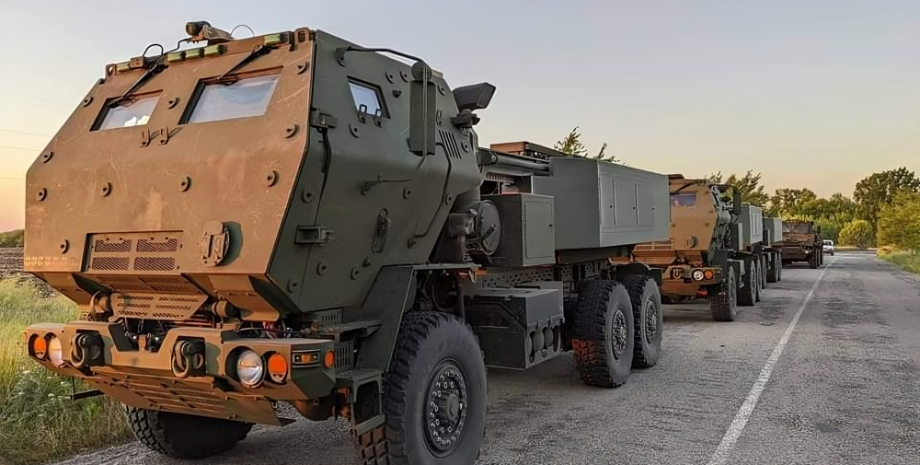
 By Victor Duda
By Victor Duda
The Ukrainians saw several dozen Russians approaching the river, in a hurry from trucks and tried to go through a ponton crossing. The material states that at the same time the Armed Forces used Himars to hit the Russians with M30/31 rockets with GPS. Each of them was equipped with more than 400 sub -grenades. The publication writes that two rockets struck unprotected Russian troops at the far end of the floating bridge.
When the survivors were looking for shelters in the surrounding forest belt, the third rocket exploded directly above them. It is unclear how many Russians were killed or injured, but about 30 moving figures at the beginning of the bombing - and less than a dozen at the end are visible in the pictures from the drone. Ukrainian rockets may have repelled this Russian attack.
But, according to the Ukrainian Center for Defense Strategies, other Russian units managed to repel several villages around Snagost, as well as the village of Ulanok to the right. Ukrainian troops, led by the 22nd mechanized brigade, counterattacked west of sleeping, seeking to cut off those who come on the Armed Forces of the Russian Federation. The material states that the front line is chaotic.
Ukrainian forces are a mixture of battalions, individual landing groups and territorial defense forces. From the Russians, the mixture is even more confusing. As the analysts of Frontelligence Insight have been named, it is a salad of units. "They mostly consist of battalions or regiments taken from different divisions and brigades, and then collected in one geographical area," experts said.
According to analysts, the forces, structured in this way, usually do not have considerable offensive potential. This will be observed until the cohesive structure of command and coordination is created. "Given that this is an ancient problem in the Russian Armed Forces, our team does not expect serious improvements in the short term. However, this does not mean that Russia has no offensive potential," analysts said.










All rights reserved IN-Ukraine.info - 2022